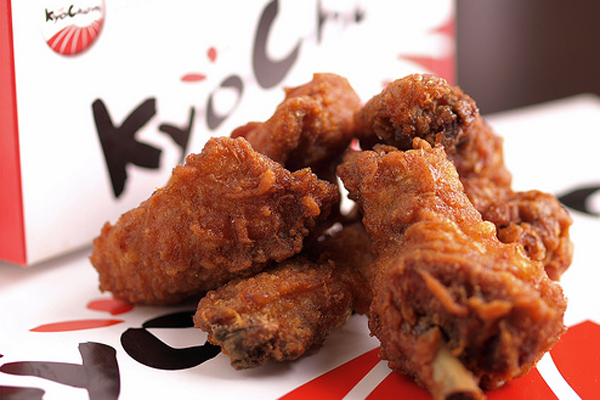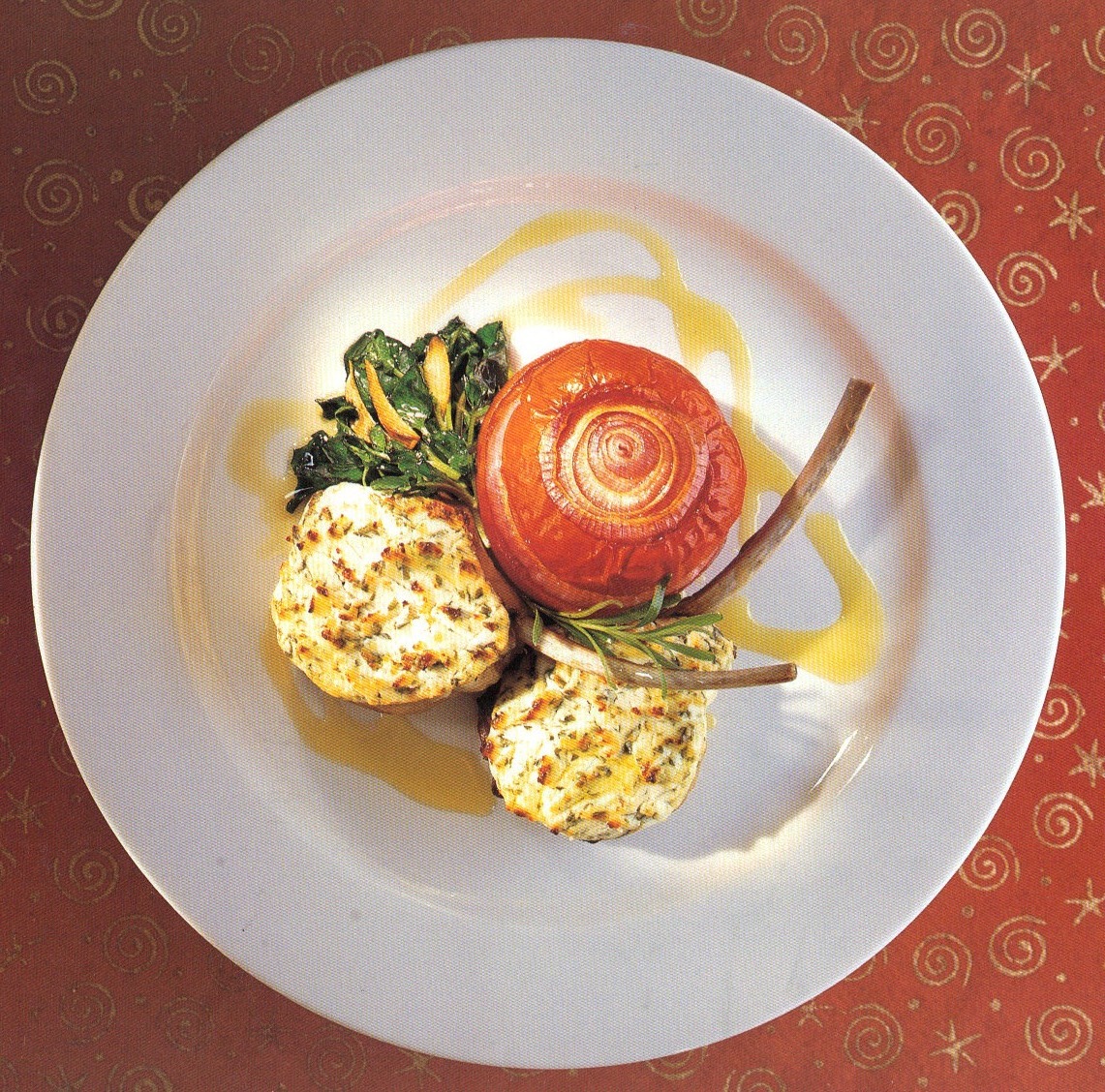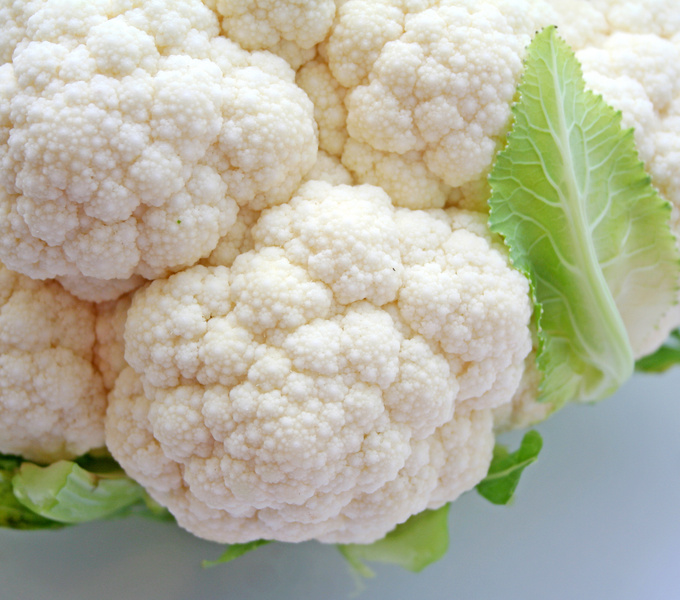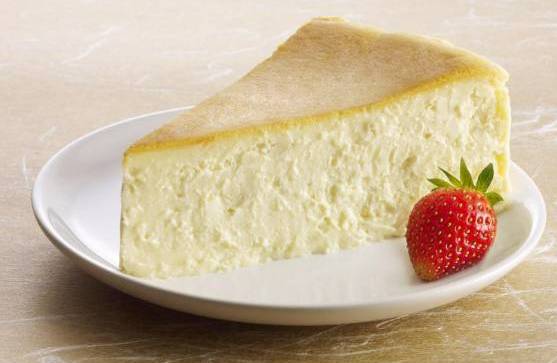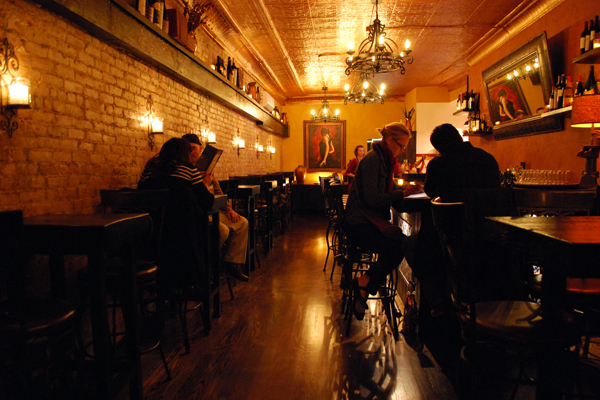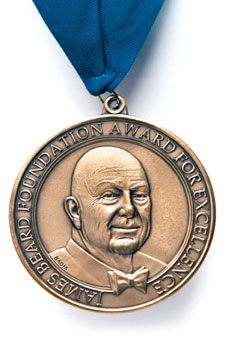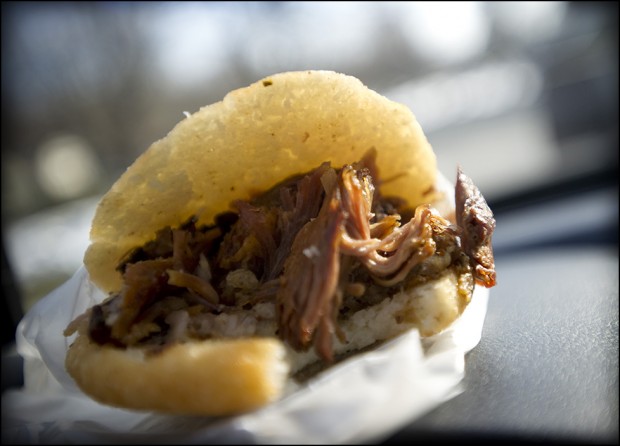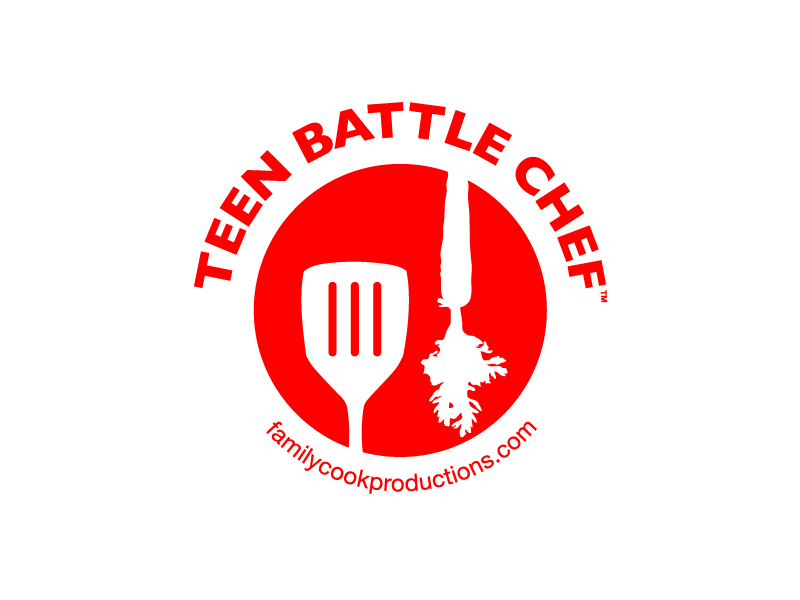 This Friday night marks the much-anticipated James Beard Awards for television, media, and books! Radically Simple: Brilliant Flavors with Breathtaking Ease is nominated for best cookbook in the general cooking category. I am honored and delighted and look forward to sharing the evening with many friends in the food world (a world that may also reach 1 billion people in the next few years -- thanks to the Internet!) The philosophy of the book, in case you didn't know, is to bring simply elegant "restaurant food" to the home cook in 140 words or less. Each recipe reflects a balance of time, ease of preparation, and number of ingredients. As with all my books (this is the 12th), superlative ingredients are the hallmark of each dish, and simplicity is key. As a professional chef for more than 30 years (yikes!), I bring a bit of "chef thinking" to each dish and help you discreetly combine interesting new flavors and techniques.
In today's food section of the New York Times is a dish that prompted me to share one of my radically simple dishes with you. As a fan of Melissa Clark, who writes the column "A Good Appetite," I was attracted to a recipe for lamb chops with capers, anchovies and sage. It's stunning simplicity -- with its whole leaf of fresh sage encrusted on top -- had me immediately turn to my own "Veal Chops with Sage Butter, Sunflower Seeds & Beet Drizzle." Although I don't make veal very often at home (there are four veal recipes in the book), I do on occasion, splurge and enjoy. This is one recipe I know you will, too. Served with a side dish of sauteed peppers with golden raisins and arugula, it is a study in nature's own color palate.
This Friday night marks the much-anticipated James Beard Awards for television, media, and books! Radically Simple: Brilliant Flavors with Breathtaking Ease is nominated for best cookbook in the general cooking category. I am honored and delighted and look forward to sharing the evening with many friends in the food world (a world that may also reach 1 billion people in the next few years -- thanks to the Internet!) The philosophy of the book, in case you didn't know, is to bring simply elegant "restaurant food" to the home cook in 140 words or less. Each recipe reflects a balance of time, ease of preparation, and number of ingredients. As with all my books (this is the 12th), superlative ingredients are the hallmark of each dish, and simplicity is key. As a professional chef for more than 30 years (yikes!), I bring a bit of "chef thinking" to each dish and help you discreetly combine interesting new flavors and techniques.
In today's food section of the New York Times is a dish that prompted me to share one of my radically simple dishes with you. As a fan of Melissa Clark, who writes the column "A Good Appetite," I was attracted to a recipe for lamb chops with capers, anchovies and sage. It's stunning simplicity -- with its whole leaf of fresh sage encrusted on top -- had me immediately turn to my own "Veal Chops with Sage Butter, Sunflower Seeds & Beet Drizzle." Although I don't make veal very often at home (there are four veal recipes in the book), I do on occasion, splurge and enjoy. This is one recipe I know you will, too. Served with a side dish of sauteed peppers with golden raisins and arugula, it is a study in nature's own color palate.
Veal chops, below. For the side dish, you might want to buy the book! (smile). Big thick veal chops became the sine qua non of chic in the early 1980's on the upper east side and in some of the city's more swank Italian restaurants. For those of you who remember Hoexter's Market, it was their 2-inch thick juicy grilled veal chop that was all-the-rage (ditto their garlic bread covered with gorgonzola sauce.) It makes me hunger for the good old days -- when James Beard could still be found eating in some of the city's best.
Veal Chops with Sage Butter, Sunflower Seeds & Beet Drizzle
3/4 cup chopped canned beets 2 tablespoons white balsamic vinegar 4 tablespoons olive oil 4 thick loin veal chops, about 9 ounces each 3 tablespoons unsalted butter 12 large fresh sage leaves 1/4 cup toasted sunflower seeds
Place the beets, 1 tablespoon vinegar, 3 tablespoons of the olive oil, and 1/4 cup water in a food processor. Process until very smooth. Set aside. Season the chops with salt and pepper. Heat the butter and the remaining 1 tablespoon oil in a skillet large enough to hold the chops in one layer. Sear the chops over high heat until browned on one side, about 4 minutes. Place 3 sage leaves on the uncooked side of each chop and turn over. Cook over high heat until browned on the second side, 3 to 4 minutes longer. Add the remaining 1 tablespoon vinegar to the pan and cook 15 seconds. Transfer the chops and pan juices to plates. Serve chops, sage-side up, sprinkled with sunflower seeds and drizzled with beet dressing. Serves 4


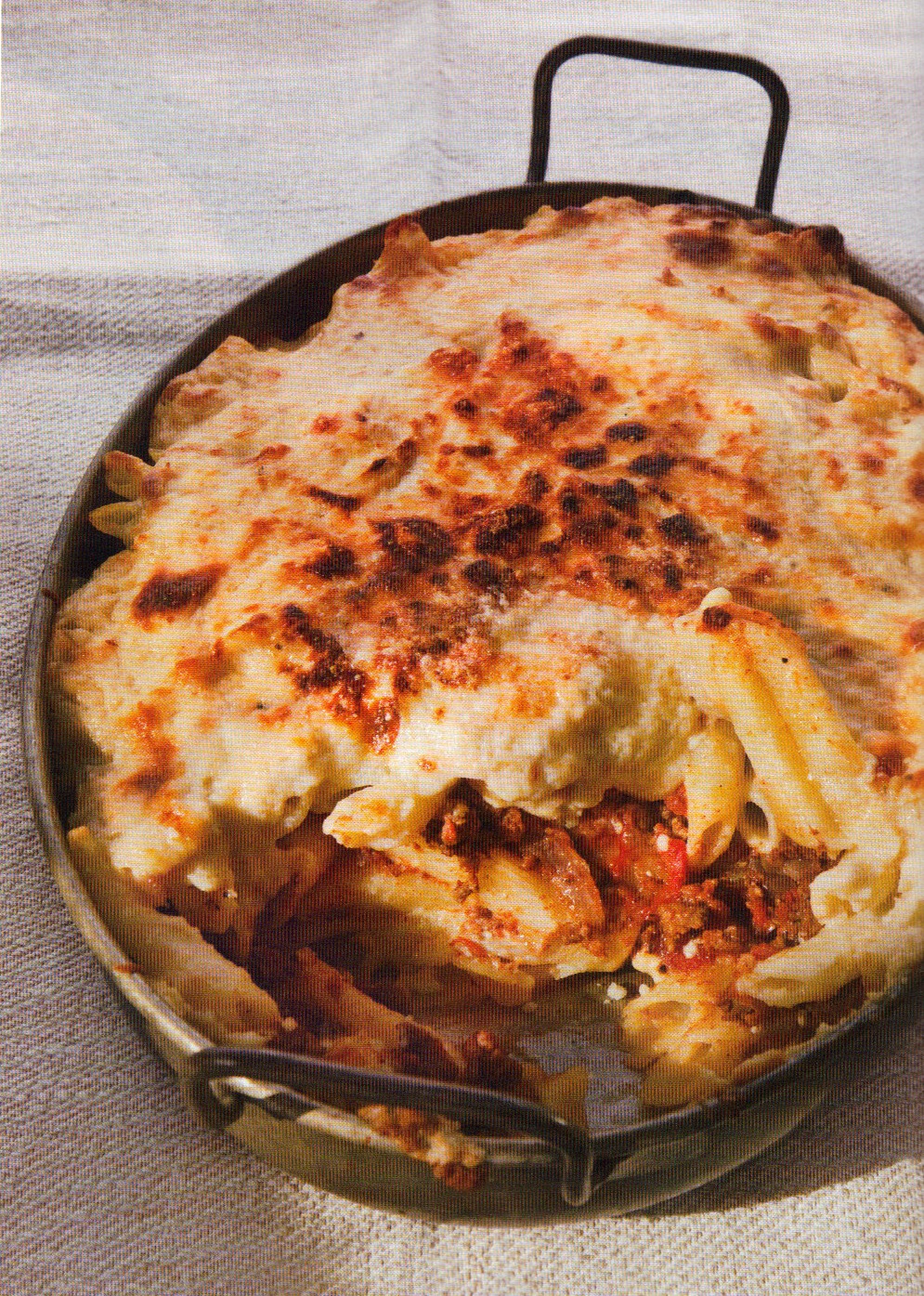


](http://static1.squarespace.com/static/55007483e4b0345f9007db4b/556333afe4b0e0fcd7b82de0/556333c0e4b0e0fcd7b8310c/1302860327000/pw-brisket652.jpg?format=original)


